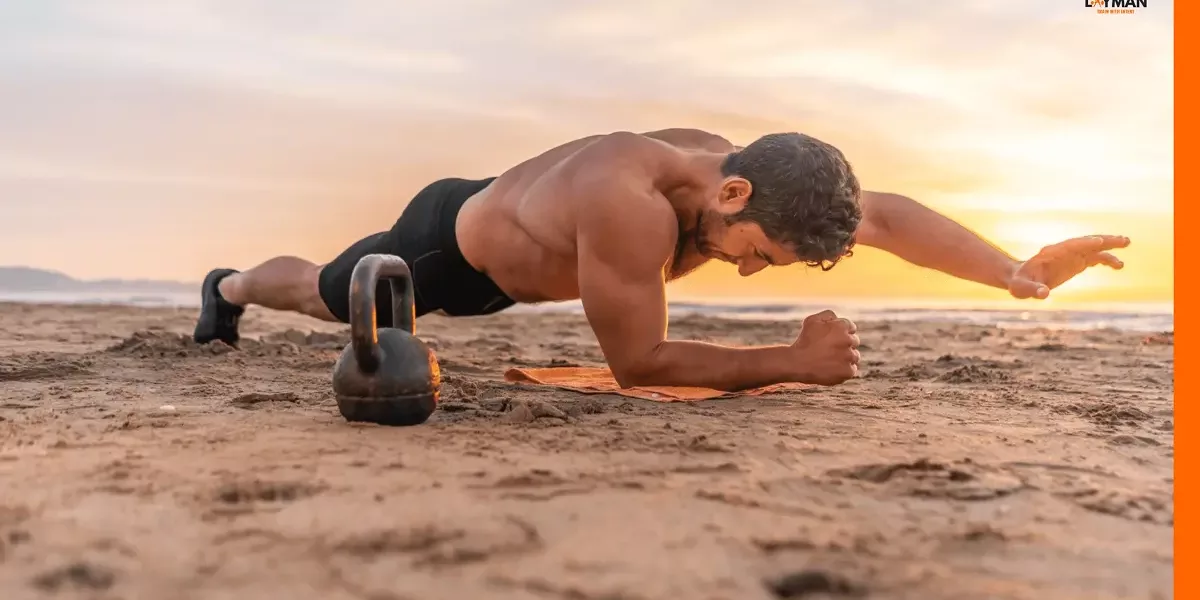In the fitness industry, “core training” has been a buzzword, often linked to the desire for a flat stomach. Thanks to some celebrity coaches, it became a lucrative business, capitalizing on the desire for sculpted abs. We’ve all seen those enticing ads promising a flat stomach in 30 days or celebrities boasting about doing thousands of crunches daily for that perfect look.
But what’s the real deal with core training? Is it just about aesthetics, or is there more to it? Let’s disclose the truths in this two-part guide to give you the lowdown on all things about the core.
Understanding the Core: More Than Just Abs
The common misconception surrounding the term “core” often limits its definition to the visually appealing six-pack abs. However, the reality extends far beyond this superficial understanding.
The core encompasses the central part of the body, comprising not only the abdominal muscles but also the trunk, shoulder girdle, and pelvic girdle. This vital region is a complex network where numerous muscle groups work in harmony.
They play a crucial role in maintaining spinal stability, allowing for proper posture and serving as an intercom for the transfer of force between the upper and lower limbs.
Types and functions of core muscles
- Local core muscles: These muscles are deeper and have their insertion or origin directly at the spine. They are situated close to the spine and play a primary role in maintaining spinal stability. It is a very important function of the core muscles that help in maintaining a posture while standing still or while moving.
- Global core muscles: These muscles are more superficial and are situated closer to the body’s surface. They control external forces on the spine and contribute to movements involving the entire core reducing strain on local muscles. Thus, global core muscles help in the transfer of forces between upper and lower limbs.


We use core muscles in almost all our daily activities. For example, lifting a heavy box from the floor to the top shelf requires a synchronized effort from both local and global core muscles.
Before the lift, local muscles engage to stabilize the spine and as you lift the box, the global core muscles transfer the force generated from your lower body (legs and hips) to your upper body (arms and shoulders). This transfer of forces is essential for efficiently and safely lifting the load.
Therefore, core training isn’t solely about shedding belly fat; it’s about building a strong core to enhance stability and the ability to push, pull, kick, or throw with more force.
Core training enhances the stability of the spine and pelvis, promoting better posture. Core strength is essential for performing everyday activities, such as bending, twisting, lifting, and reaching.
It ensures efficient and coordinated movement, improving overall functionality and reducing the risk of injury during daily tasks. Athletes benefit significantly from core training as it enhances their ability to generate power, balance, and agility. A strong core is crucial in sports that involve twisting, turning, and explosive movements.
How to improve the stability function of your core? It’s simpler than you think! Here are two key techniques:
- Breathing:
- Why It Matters: Proper breathing is more than just inhaling and exhaling; it’s a secret weapon for core stability.
- How to Do It: Take a deep breath, fill your belly with air, and tighten your abdomen like you’re preparing for a punch. It’s a simple move that activates several core muscles.
- Bracing:
- Why It Matters: Bracing is like giving your spine a suit of armour. It’s crucial, especially during heavy lifts like squats and deadlifts.
- How to Do It: Imagine someone is about to punch you, and tighten your abdominal muscles. This technique, called bracing, coactivates various core muscles.

Coaching Tip: Encourage athletes to master the art of a deep belly breath combined with abdominal tightening for optimal stability.
Summary
Core training goes beyond the quest for a flat stomach. It involves muscles in your belly, trunk, shoulders, and pelvis, crucial for stability in daily activities like lifting.
Local muscles stabilize your spine, while global muscles transfer force. It’s not just about aesthetics; it builds strength for better posture and reduces injury risks. Athletes benefit from improved power, balance, and agility.
Techniques like proper breathing and bracing enhance core stability, making it essential for overall fitness.



1 Comment